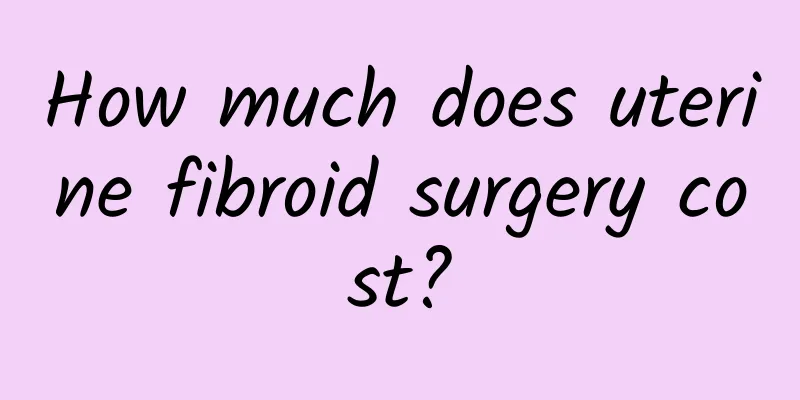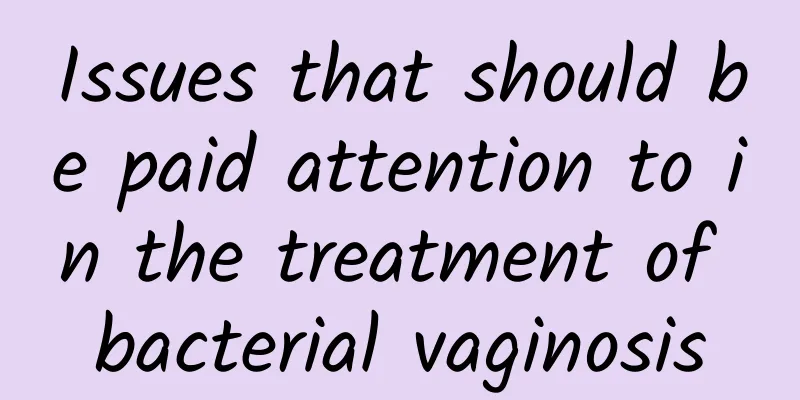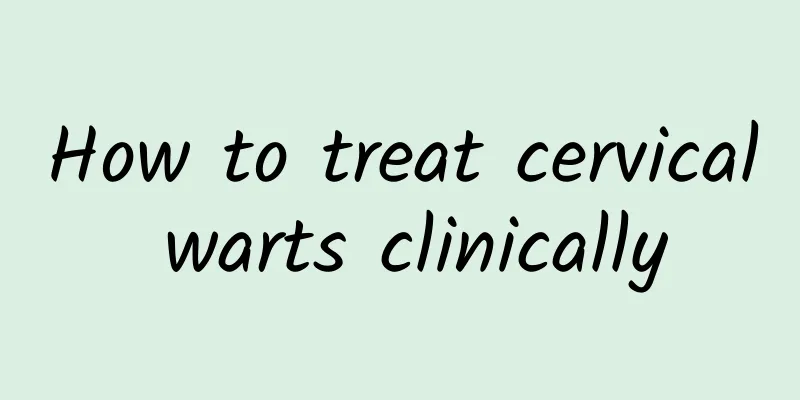Can women's adnexitis be cured?

|
Can adnexitis be cured in women? Adnexitis is a very common disease in women, but it is not untreatable. If women receive timely and correct treatment after suffering from adnexitis, it is possible to be cured to a large extent. Here are some treatments for adnexitis. Chronic inflammation recurs over time, causing pelvic congestion, connective tissue fibrosis, and adhesion of pelvic organs. Patients experience symptoms such as lower abdominal distension, pain, and lumbosacral pain, which are sometimes light and sometimes heavy, accompanied by increased leucorrhea, back pain, menstrual disorders, etc., and often worsen during menstruation or after fatigue. During gynecological examination, there is tenderness, thickening, or tender masses in the bilateral or unilateral adnexal area, and the white blood cell count is elevated or normal. Some symptoms are sometimes not very obvious, but because the fallopian tubes and ovaries are adjacent, it is difficult to distinguish when inflammation occurs. In particular, chronic inflammation of the fallopian tubes can lead to fibrosis, thickening, and obstruction of the fallopian tubes over time, and can also adhere to surrounding tissues. If both ends of the fallopian tubes are blocked, hydrosalpinx can form, and the accumulated water penetrates into the ovaries that are adhered together to form a fallopian tube cyst. It is easy to cause infertility or ectopic pregnancy. 1. Antibiotic treatment For patients with obvious symptoms, antibiotics should be used first to treat adnexitis. Antibiotics can kill the remaining pathogenic bacteria and prevent its acute attack. The usage is the same as acute salpingo-oophoritis and pelvic peritonitis. 2. Physical therapy The benign stimulation of warmth can promote the blood circulation of the pelvic cavity, improve the nutritional status of local tissues, and facilitate the absorption and disappearance of inflammation. Commonly used treatment methods for this kind of adnexitis include short wave, ultrashort wave, infrared, audio, ion penetration, etc. 3. Other drug treatments For tubal obstruction caused by chronic salpingitis, intrauterine injection can be used. When treating adnexitis, Western medicine should be used, diluted with 20 ml of normal saline, and injected into the uterine cavity after strict disinfection of the vulva, vagina, and cervix. 4. Surgical treatment This treatment method for adnexitis can be used for large hydrosalpinx or tubo-ovarian cysts caused by inflammation. For infertility caused by tubal obstruction, tubal repair surgery can be performed. For chronic tubo-oophoritis and pelvic peritonitis with repeated acute attacks, when drug treatment is not satisfactory and the patient is in great pain, and the patient is older, surgical treatment can also be considered. The above are the most common methods for treating adnexitis. When treating adnexitis, you must choose a regular hospital for treatment. This way you can ensure that you are using a treatment method that suits you and that your disease can be cured as soon as possible. |
<<: Diagnosis of chronic adnexitis
>>: Is Chlamydia Vaginitis Contagious?
Recommend
Do you know what preparations you need to make before having an abortion?
Abortion is not something that can be done casual...
The left side of the appendix is slightly thick. How to diagnose pelvic effusion and can it be prevented?
If pelvic effusion occurs in different parts of a...
What complications may occur after an abortion?
There are many women who have unexpected pregnanc...
What foods can women eat to delay menopause? Eating them regularly can effectively prevent aging and promote youth
What foods can women eat to delay menopause? Norm...
Brief analysis of matters needing attention after treatment of chronic cervicitis
Chronic cervicitis is a type of cervicitis that d...
Actively checking your body is a good way to prevent dysmenorrhea
In the early stage of menstruation, we should act...
Is banana vinegar a panacea for weight loss? This is the magic ingredient! Doctor Liu Boen reveals: 7 tips for losing weight and not gaining weight again
Using vinegar to cook is a healthy condiment for ...
Can I drink green juice during my period? Don't drink too much
Women with stable menstruation can drink green ju...
Is endometrial thickening difficult to cure?
There is no simple answer to the question of whet...
What are the main advantages of painless abortion?
Painless abortion should be very familiar to fema...
In case of unexpected pregnancy, should you choose medical abortion or painless abortion?
Nowadays, with the continuous development of medi...
Aerial yoga is fun! Exercise your core muscles with just a piece of cloth!
Put on casual clothes, take out your yoga mat, an...
What are the early symptoms of uterine fibroids? What are the early symptoms of uterine fibroids?
What are the early symptoms of uterine fibroids? ...
The following factors are the causes of uterine fibroids
Many people are confused about the causes of uter...
Can't eat cold food if you have premature ovarian failure?
Although premature ovarian failure is related to ...









